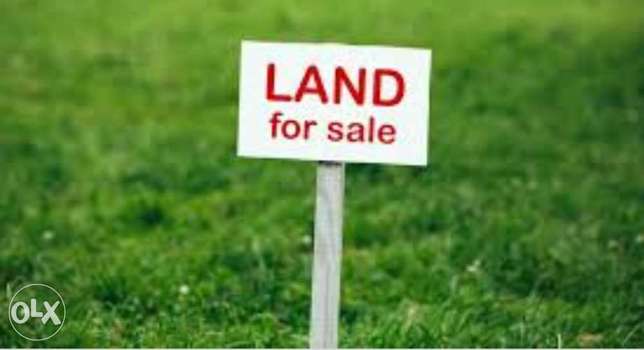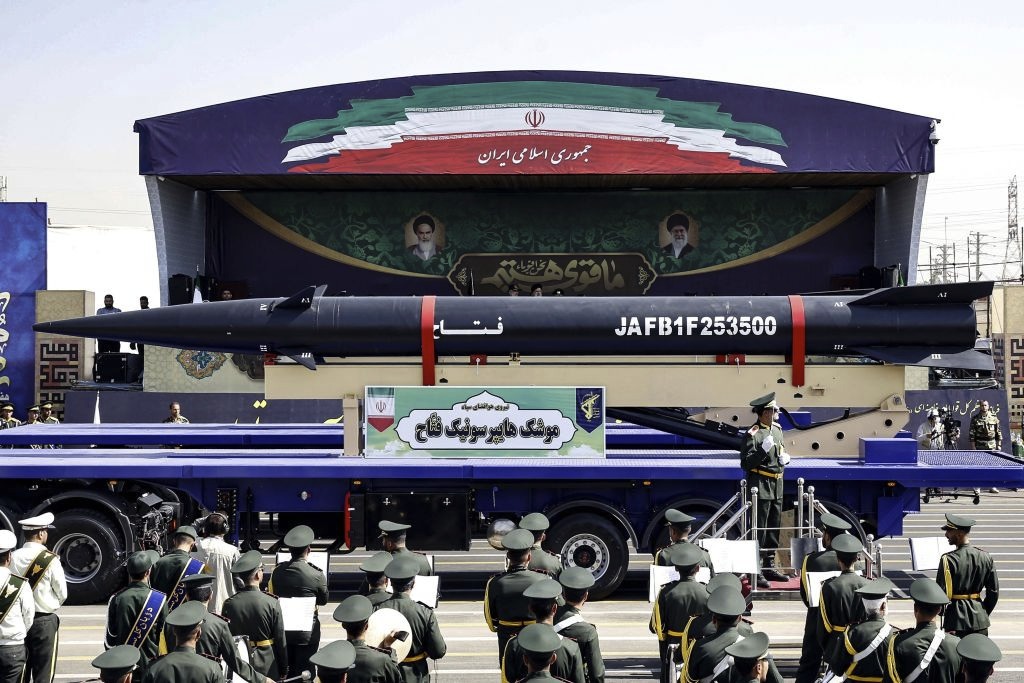مقالة البرتو فرنندس في موقع ممري: أي اتفاق نووي إيراني جديد سوف يؤدي إلى تدمير لبنان
How A New JCPOA Will Turbocharge Lebanon’s Destruction
Alberto M. Fernandez/ MEMRI Daily Brief No. 356/January 28/2022
One of the cruelest aspects of the Syrian Civil War was the ethnic cleansing. Every side did it, purging populations of the wrong ethnic or religious group from regions they controlled (Turkey did it over Kurdish majority areas like Afrin, populating it with Sunni Arabs who had themselves been pushed out by the Assad regime elsewhere). The Assad regime was the biggest driver of demographic change on the ground, pushing people out of some areas, millions of them fleeing the country. Assad was aided in this by his allies Russia, Iran, and the Lebanese terrorist group Hezbollah. This demographic change continues in conquered areas of Syria as Iran and Hezbollah seek to promote Shia Islam among the Sunni population while also settling foreign militiamen in key areas.
The same demographic push happened in Iraq and was done also through both violence and coercion. The strategic Jurf al-Sakhar (now renamed Jurf al-Nasr by the conquerors) region south of Baghdad was cleansed of its Sunni Arab population (now languishing in IDP camps elsewhere)[1] by Iranian-controlled Iraqi militias who keep it as a closed military zone. These militias also seek to take over towns in the historically Christian and Yazidi Nineveh Plain area in Northern Iraq. And absentee owners from the wrong religion or ethnic group regularly risk losing their property in Mosul or Baghdad to politically connected criminal networks.
In Syria and Iraq, the ethnic cleansing happened under cover of war. But in Lebanon there is a silent, slow-motion ethnic cleansing happening before our eyes, driven by the economic crisis and benefitting Hezbollah, the best funded (with hard currency from Iran) faction in Lebanon while its local rivals are beggared. Such an operation will only accelerate should a new JCPOA nuclear deal be agreed to in Vienna between the United States and Iran. Ahead of any such deal, Iran and its proxies are already benefiting financially by decreased American pressure on the regime by the Biden Administration.[2] And Hezbollah is not merely just another Iranian-supported militia, like those deadly local groups in Iraq and Syria. It is a strategic tool of Iran incorporated deeply into the IRGC’s long reach, an equal partner in Iran’s ambitious regional project.[3]
Fresh dollars from the nuclear deal will line Hezbollah’s coffers and will not only go for salaries and weapons and political influence, but also for real estate, as the group seeks to expand Shia-dominated areas of Lebanon, ideally geographically connecting the mostly Shia South to the group’s South Beirut stronghold and to Shia populations in current Christian majority areas like Batroun. Hezbollah’s state within a state will become a literal, physical project on the ground, displacing Christian, Druze, and Sunni Muslims getting in the way.[4]
Lebanon’s economic crisis has, not surprisingly, led to a migration crisis that looks to get even worse in Spring and Summer of 2022. As Lebanon’s best and brightest flee, they leave behind property, land, houses, and real estate. Lebanese are traditionally deeply attached to their land but desperate people who have had their savings wiped out find out that the only thing they can sell to finance their flight is their physical property. Lebanese tell me of families selling their property to other Christians or other Sunnis only to find out that these were middlemen acting for Shia, Hezbollah-connected interests. Still other times the buyers are supposedly from Gulf states but in the end also turn out to be Hezbollah-connected owners.[5] JCPOA cash will arrive for unscrupulous buyers in the midst of an unprecedented fire sale.[6]
This twilight conflict over real estate and demographics is not new. It has been an issue of public concern for Lebanese Christians for some time, sometimes expressed in crude terms as local Christian municipalities try to stop sales to Muslims.[7] But the economic crisis that has reduced the once middle-class Lebanese to penury has led to a flood of departures as the country literally sits in the darkness and the cold, without electricity. Reportedly 40% of the country’s doctors have already left as of late 2021.[8] Seventy percent of those leaving Lebanon are young people, often the most educated or those with technical skills that transfer the most easily to opportunities elsewhere. A quarter of million Lebanese fled the country during a four-month period in 2021.[9]
Reducing the country’s Christian population is particularly significant for Hezbollah. It is that population that traditionally has the most Western ties, and a part of that population once allied with Israel 40 years ago. There is also, while that population remains, the contours of a tiny contiguous Christian majority statelet that could be formed, ranging from East Beirut towards the North, the old Lebanese Forces “canton” of Lebanese Civil War days. Hezbollah rejects the idea of a neutral “federal” Lebanon of locally ruled regions (where Christians, Sunnis and Druze would have their own) where its direct influence could be lessened. Obviously, in Lebanon, as done by Iranian-controlled militias in Iraq, Hezbollah would have its own Christian or Sunni proxies to help it rule.
The new Lebanon that Hezbollah is building with its cash, corruption, and its use of violence will be more homogenous and conformist than the country ever was. It will have less Christians, Sunnis, and Druze but also fewer Lebanese Shia that are willing to stand up to the Nasrallah regime. It was almost a year ago this week that Lokman Slim, a fierce opponent of Hezbollah and a member of the Shia community, was assassinated with complete impunity.[10] “Hezboland” will resemble in a way the “Fatahland” the Palestinian Liberation Organization controlled in South Lebanon in the 1970s but on a broader and deeper scale. And just like the PLO used Lebanon to host like-minded revolutionaries from throughout the world, so Hezbollah-controlled Lebanon – a reality that is almost complete – will serve as safe haven, training ground, and university for the terror and insurgent groups of tomorrow, especially ones targeting countries with a local Shia population like Bahrain and Saudi Arabia. Hamas, of course, is already present on the ground.[11] The alliance of Assad’s Syria and Hezbollah’s Lebanon are already criminal partners in a burgeoning regional drug cartel that looks both to the Middle East and Europe.[12]
Financial relief for Tehran will translate to cash for Hezbollah but also for other activities, for ballistic missile and drone development, for the Houthis and the Iraqi death squads. It will also translate into support for Iranian intelligence operations worldwide, including in the Western hemisphere.[13]
Official Washington and Paris seem to hope that parliamentary elections, help on electricity and money for the Lebanese Army will somehow staunch the bleeding in Lebanon. Or that new assistance by the IMF and others channeled through the country’s ruling kleptocrats can make a difference. The effort to help a prostrate Lebanon is commendable. But the hope that elections – should they actually be held – will produce an outcome that will seriously challenge Hezbollah’s stranglehold on the country seem far-fetched. By all means, let critics of the status quo flourish and be supported in their quest but policymakers need to be far more realistic in their expectations about a country where, for the last 17-plus years, opponents of Iran and Syria have had a way of winding up dead.
A more nuanced strategy could focus on the upcoming migration crisis and what steps can be made to keep Lebanon’s remaining human capital tied to their homeland. Direct support for the country’s private schools (traditionally used by most Lebanese), enhanced job creation, and better overall security are obvious ways to try to help but it is both extremely late in the day in the Lebanese catastrophe and extremely difficult given Hezbollah’s stranglehold on power, to see how such efforts could be launched, fully-fledged, to be able to help enough in time. Last-ditch efforts to save old Lebanon before it is definitively lost are worth a try. Helping Lebanon’s victims is worthwhile, but not while simultaneously empowering their victimizers and lining their pockets.
*Alberto M. Fernandez is Vice President of MEMRI.
[1] Youtube.com/watch?v=WVFXQtsG0Ec, June 21, 2020.
[2] Wsj.com/articles/iran-nuclear-deal-jcpoa-biden-trump-diplomacy-11642192678, January 16, 2022.
[3] Brookings.edu/opinions/hezbollah-revolutionary-irans-most-successful-export, January 17, 2019.
[4] Mtv.com.lb, January 20, 2022.
[5] Alquds.co.uk, January 14, 2022.
[6] Aawsat.com/home/article/3403396, January 9, 2022.
[7] Raseef22.net/article/1086142, January 22, 2022.
[8] Youtube.com/watch?v=xqmU3ONjrbA, December 19, 2021.
[9] Aljazeera.net/news/politics/2021/10/18, October 18, 2021.
[10] Cpj.org/data/people/lokman-slim, accessed January 28, 2022.
[11] Reuters.com/world/middle-east/explosion-rocks-south-lebanon-palestinian-camp-2021-12-10, December 11, 2021.
[12] Dayan.org/content/no-boundaries-syrian-lebanese-drug-economy, accessed January 28, 2022.
[13] Dw.com/es/oea-condena-visita-a-nicaragua-de-iran%C3%AD-acusado-por-atentado/a-60489322, January 20, 2022.






















